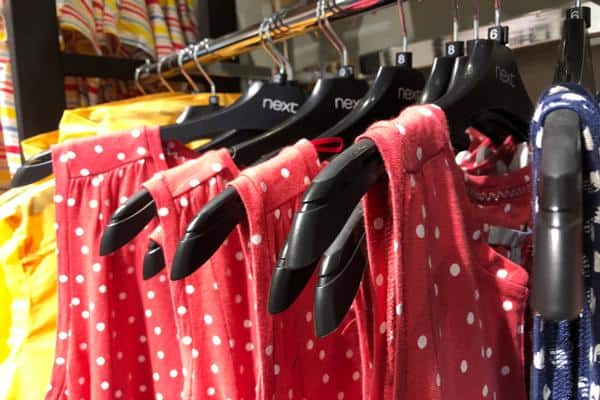Out of the seven eCommerce verticals analysed by Searchmetrics in its latest report, amazon.com is revealed to have the highest market share of page one search results in four categories (Apparel, Beauty, Health and Sporting Goods). In the three other sectors (DIY, Furniture, Electronics) amazon.com comes second.
The acceleration of eCommerce during the pandemic has seen all seven verticals continuing to experience higher average search volumes during 2021 when compared with pre-Covid figures, according to the analysis. The sector with the biggest uplift in search activity is Furniture in which the volume of monthly searches per keyword averages 193% higher than in 2019. Next is the DIY sector, with monthly searches per keyword 190% higher on average. For Apparel, the average is 84% higher, and for Beauty it is 83% higher.
Amazon is also among the biggest spenders of Google Shopping ads in some ecommerce verticals. In the Apparel vertical, the top three biggest spenders of Google Shopping ads are amazon.com, walmart.comand etsy.com, respectively. In Beauty they are amazon.com, walmart.com and ulta.com. However, in furniture they are wayfair.com, overstock.com and walmart.com — with amazon.com not making the top three.
The analysis indicates that around one in two ecommerce searches are for informational queries — those queries in which people are searching with the intent to gather information or learn more about goods and services, rather than with an intent to make an immediate purchase.
According to Searchmetrics, most ecommerce brands do not focus enough on informational content, meaning competition is not as fierce as it is for transactional searches. This makes informational content an open field and great way of taking on Amazon.
“If you can get shoppers to engage with your brand by luring them to your website via informational searches, there’s a greater chance your company and its products will come to mind when they eventually make a purchase,” explains Lillian Haase, CMO from Searchmetrics. “Your aim should be to answer the key informational questions shoppers are asking in your market by providing advice, how-to articles, product comparisons and analysis of the newest trends and so on.”
She adds: “There’s even an opportunity for retailers to set themselves apart from Amazon with these practices. Because while the online marketplace may have collaborated with publishers, shops and brands to provide some of this content, as yet it hasn’t been done in great depth for very many products.”
Other ways online retailers can compete with Amazon is by placing a greater emphasis on creating comprehensive product search functionality on their websites. For example, they can add features like auto-suggest and/or complete; advanced size, color and material filters; faster search page speeds; and intuitive navigation based on people’s natural shopping practices.
“With the sheer volume of merchandise on Amazon, it can sometimes seem overwhelming for the shopper to find what they are looking for,” says Haase. “Creating a better user experience – by enhancing search functionality gives more control to the consumer. And ultimately, this more transparent shopping experience generates more loyal consumers.”









